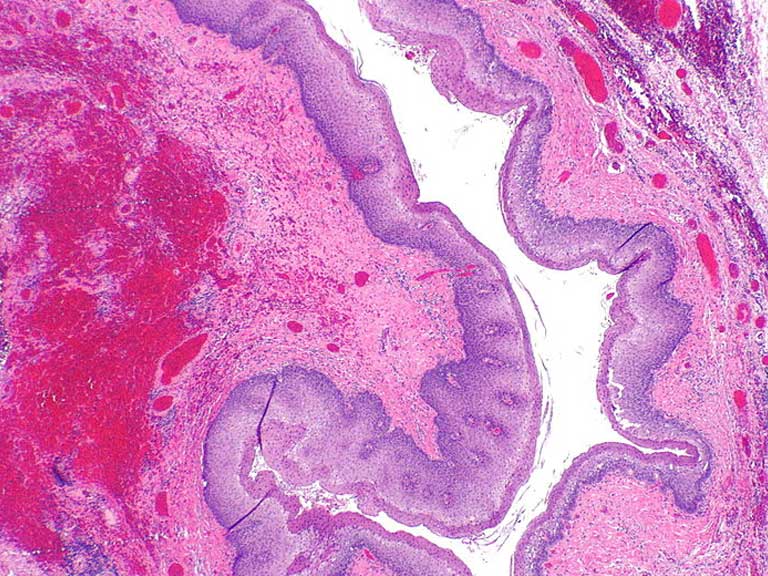Oesophageal Diverticulum (Zenker’s) Surgery
An oesophageal diverticulum, also known as Zenker’s diverticulum, a pocket that forms in the wall of the oesophagus, the tube that leads from the mouth to the stomach. This pocket can trap food and liquids.
Symptoms include difficulty swallowing, the feeling of swallowed material sticking in the throat, vomiting, weight loss and bad breath.

Treatment
Dr Lorenzo will surgically remove the diverticulum and prevent recurrence. The procedure is called a diverticulectomy. It involves making an incision in the wall of the oesophagus to remove the pouch and repair the weakened area of muscle or connective tissue.
There are different surgical options for diverticulectomy – the most common one is a cervical diverticulectomy where the problem area is accessed through the neck. This procedure can be done through an open incision or endoscopic approach. Another surgical option is thoracic diverticulectomy, which is done through a thoracotomy (an incision through the chest wall) to remove the pocket and repair the oesophagus.
In some cases, the diverticulum may be too large or the surrounding tissue too weak for repair, in these cases a procedure called oesophagectomy may be performed. Oesophagectomy involves removing the affected portion of the oesophagus and reconnecting the remaining healthy portions.
It’s important to note that surgical treatment of oesophageal diverticulum is considered highly effective in treating the condition and relieving symptoms. However, as with any surgery, there are potential risks such as infection, bleeding, and complications related to anaesthesia. Dr Lorenzo will discuss these issues with you.
Expectations
The outcome of surgical treatment varies and depends on various factors such as the stage and location of the cancer, the overall health of the patient and the expertise of the surgical team.
Recovery from surgery can take several weeks or even months, depending on the extent of the surgery. Pain and discomfort are common after the surgery, and patients will likely need to follow a special diet to help the healing process. They will also need to have regular follow-up appointments with Dr Lorenzo to monitor their recovery.

